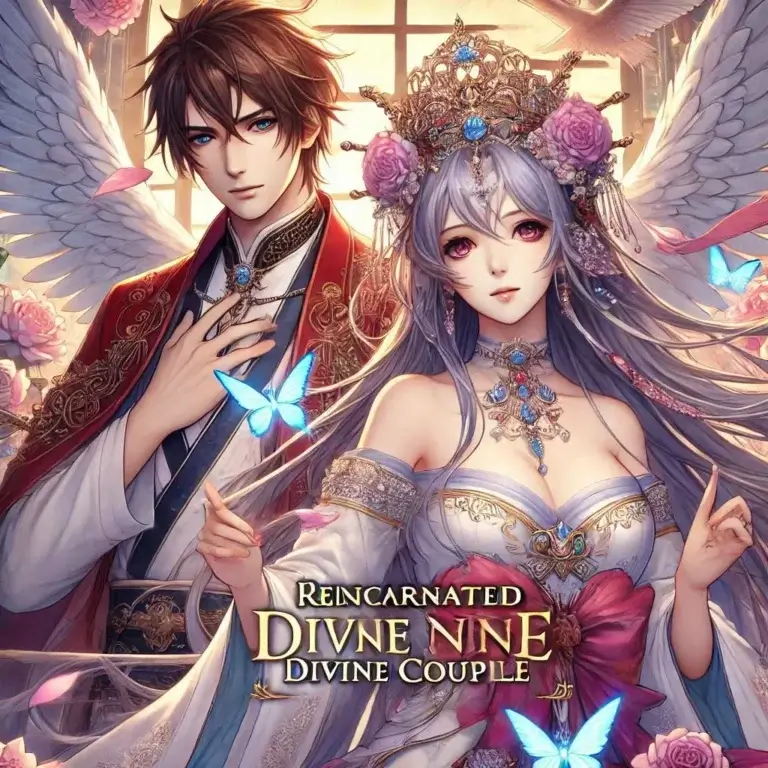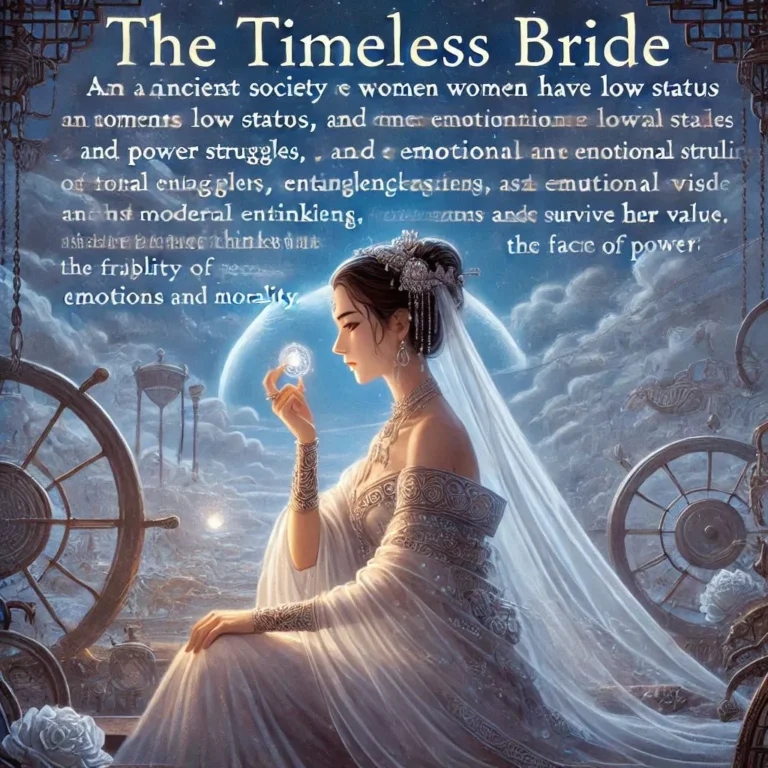“We suspect it was a tribe only mentioned in legends, closely related to a deity in Brahmanism. There’s very little information available; we’re urgently searching through ancient texts for clues, and also hope for more discoveries once the seawater fully recedes. You know, the coastline changes every day,” I explained. I took photos of each sculpture and a close-up of the peculiar patterns on one of them. These patterns, found on the heads or backs of the animal sculptures, were what distinguished them from the typical Pallava period carvings. The archaeologists speculated these might be unique totems of the tribe, but what was baffling was that the patterns were not entirely consistent; some were repeated, but overall, there were at least three different ones. Unfortunately, most patterns were too worn to discern, except for one on an elephant’s forehead, where I took the close-up, which still faintly showed a recognizable image. This image was composed of a single line with nine different symbols on either side. The archaeologists admitted they had never seen such characters or symbols before, but they believed it must have meaning.
Throughout our visit to the ruins, there were always some elderly or women standing or kneeling before the carvings, murmuring prayers with solemn and devout expressions. That night, I found an internet cafe in town and uploaded the close-up to a BBS. It was originally a very professional forum for decoding symbols, which had been quite quiet until the global popularity of “The Da Vinci Code” made it trendy. Many laypeople, including myself, had joined in. Such places never lacked experts, and I hoped someone could decipher the image.



